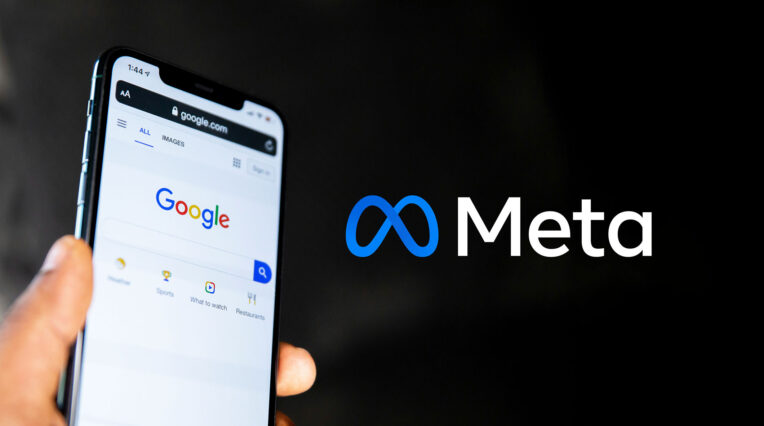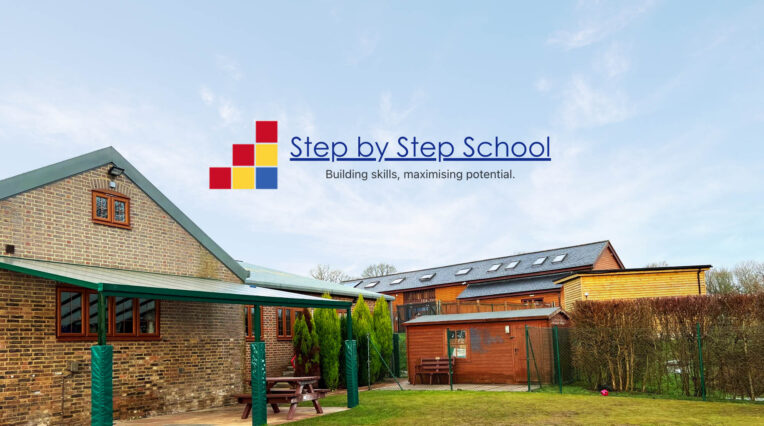Website optimisation | 9/04/2017
Brighton CRO: Lawrence’s Big Night Out
It’s been a busy month for me, after my big day out at Brighton SEO. But website optimisation is more than technical SEO, so I went along to Brighton CRO as well, hoping my neurons could cope with more info-overload. After a busy Thursday, and a cheeky Sainsbury’s pasta salad, I stepped into The Skiff and found a spot near the back.
Here’s what I took away…
Document your failures
Chris Myhill covered, in incredible depth, the value in failing. When it comes to CRO, failure is inevitable. The best thing I took away was a ‘Failure Playbook’ – which might actually be a trademarked term. A communal Google document across the team could help stop mistakes getting repeated. It would also be valuable in an agency setting, across projects – if something doesn’t work, why keep doing it?
Of course, no one wants to relive the times their idea didn’t work, or the times they didn’t get the results they expected. It might be something I test for myself, meaning I can refer back to it should I want to.
Create a safe environment to fail
This was the most valuable takeaway I had: create a safe environment to fail in. It’s not a safety net – it’s experimenting in the early increments of an idea. Success is not getting to a goal. Success can be realising that achieving that goal would do nothing for revenue, sales or business.
The example that Stephen Pavlovich used was McDonald’s pizza. This is a story I’ve come across before, and is the biggest fail I’ve ever heard. McDonald’s threw millions of dollars at restructuring their kitchens and ovens. They rebuilt drive-thru windows and trained staff. They went up against huge brands – striving to compete with bigtime pizza providers like Dominos.
McPizza was a flop.
But what if McDonalds could have tested how many McPizza orders they were going to get before they rolled out a million-dollar changes?
It’s easy for a developer to install a front-end fake feature on a site and add tracking on how many users interact. It’s then easy to make an informed decision about whether users would have a genuine interest in using it.
It’s less easy to recur the cost of developing a web feature no one uses.
Enhanced ecommerce is not just for ecommerce
Enhanced ecommerce is amazing. There’s a significant benefit of being able to see funnel drop off points and the conversion rate of individual products. But not every single website is an ecommerce website.
Anna Lewis pointed out that enhanced ecommerce can be applied across a whole bunch of website types. This included content and journalism websites.
It is possible to set up enhanced ecommerce tracking to see where users are dropping off with any piece of content: are they reading half of it? Are they reading all of it? Are they commenting, sharing, signing up for a newsletter or moving to the next article?
These might be goals and events that are already tracking, but aligning these things into an enhanced ecommerce funnel can show more in-depth information. Which articles are getting shared before they’re read? Which ones get insightful comments as opposed to spam comments? Which ones are ‘converting’ the most?
Of course, the key thing with CRO is data. Data, data, data. In response to a question from the audience, Anna Lewis pointed out that “All data is trustworthy if you know where it comes from.” Understanding data is as important as analysing it. How Google Analytics collects and stores user data is no secret and might make for an interesting blog post in the future.
If you want to speak to a web optimisation specialist – or want to find out what Lawrence is doing next – why not give us a bell?





